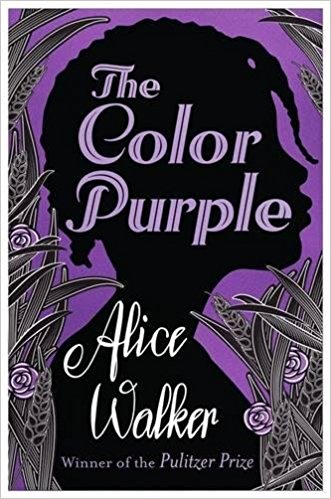Venture into The Color Purple

Alice Walker’s The Color Purple, best known for its Pulitzer Prize for Fiction and the National Book Award for Fiction, was published in 1982, and to this day has been an inspiration for both young and adult readers everywhere. The main character, Celie, is introduced as the heart of her family in which she takes care of her young siblings, namely her sister Nettie, and is often the target of her father’s sexual abuse. When Celie comes of age, not only is she forced to marry another man against her will, but she is also separated from Nettie, who runs away from home shortly after her departure.
Set in rural Georgia in the mid-1900s, women of that timeline were expected to be obedient to their husband’s command and stay home to take care of the children. To actively disobey their husbands, the man of the house would often beat their wives into submission, forcing them to relinquish any and all thoughts of leaving and rebellion. Celie, a frequent target of abuse, shows readers through her eyes the pain of self-worth, not feeling loved and being without a voice. “I think the book was extremely well written and delivered a powerful meaning. The diction and development of characters incline the reader to become emotionally attached to the story and to Celie’s inner struggles,” exclaims Steven Lee (’18).
While the story does contain sexism and racism, there is also strength in God and love. When Celie meets two women who would show her the path of self-healing and independence, she walks not with the face of a traumatized young woman, but as a figure who has rightfully claimed her place in society. “I think near the end of the book Celie became really matured and found her true self. She was confident in who she really was and finally stood up to society,” says Brittany Staton (’18). The Color Purple will always remain an inspiring part of African American culture that will continue to live on in the minds of young readers today.


